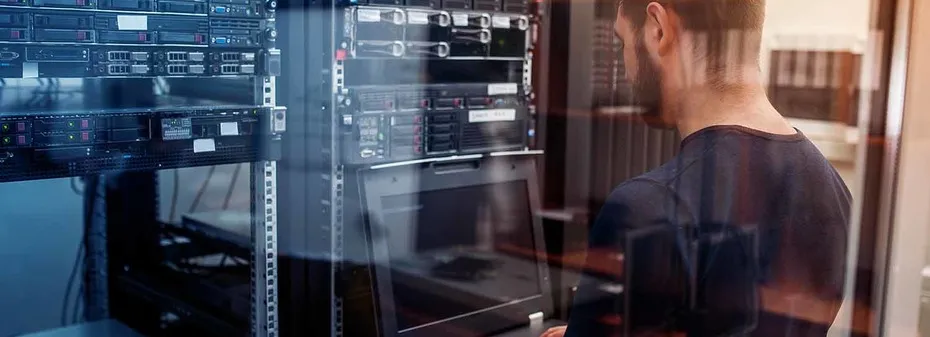
Data Centre Security: 3 Main Points to Look at

When transferring your business to the cloud, you have to choose an IaaS provider. This means evaluating availability, scalability and more. However, the performance of any virtual environment depends on the hardware installed in the data
Today we discuss how to evaluate the DC parameters of IaaS providers.
Reliability and Redundancy Level
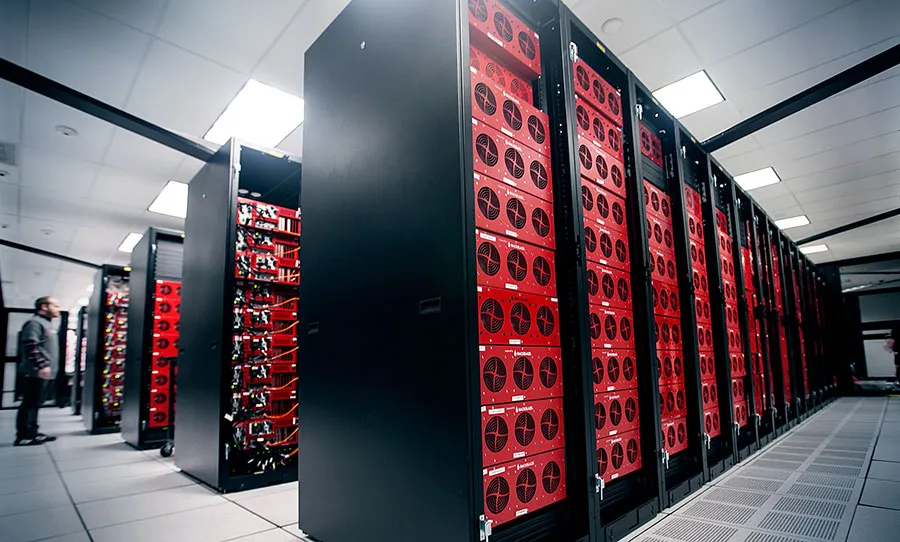
First, when evaluating the data
To evaluate the level of backup, you can use the Uptime Institute rating scale.
- Tier 1 - In this case, there is no backup scheme (N). Reliability depends on each individual element of the infrastructure and failures in one unit of equipment cause downtime throughout the data
centre . - Tier 2 - refers to the N + 1 backup scheme. An additional element is added to the elements of the N infrastructure, reducing the risk of failure.
- Tier 3 - This backup scheme is also N + 1, but there is the possibility of working parallel technology.
- Tier 4 - 2N backup, when each item repeats the same.
The classification layer assumes that the engineering system is treated as a single entity. If at least one component is not retained, the UI fault tolerance level will be reduced. The higher the layer, the greater the usability.
- Note: there is no "better or worse" UI classification. To select a DC with a certain level of retention you must start with your business tasks.
If your
However, in some cases, this system may be excessive. The higher the level, the more expensive the cloud provider's equipment is. Therefore, it’s worth choosing a smaller number of
Microclimate Maintenance
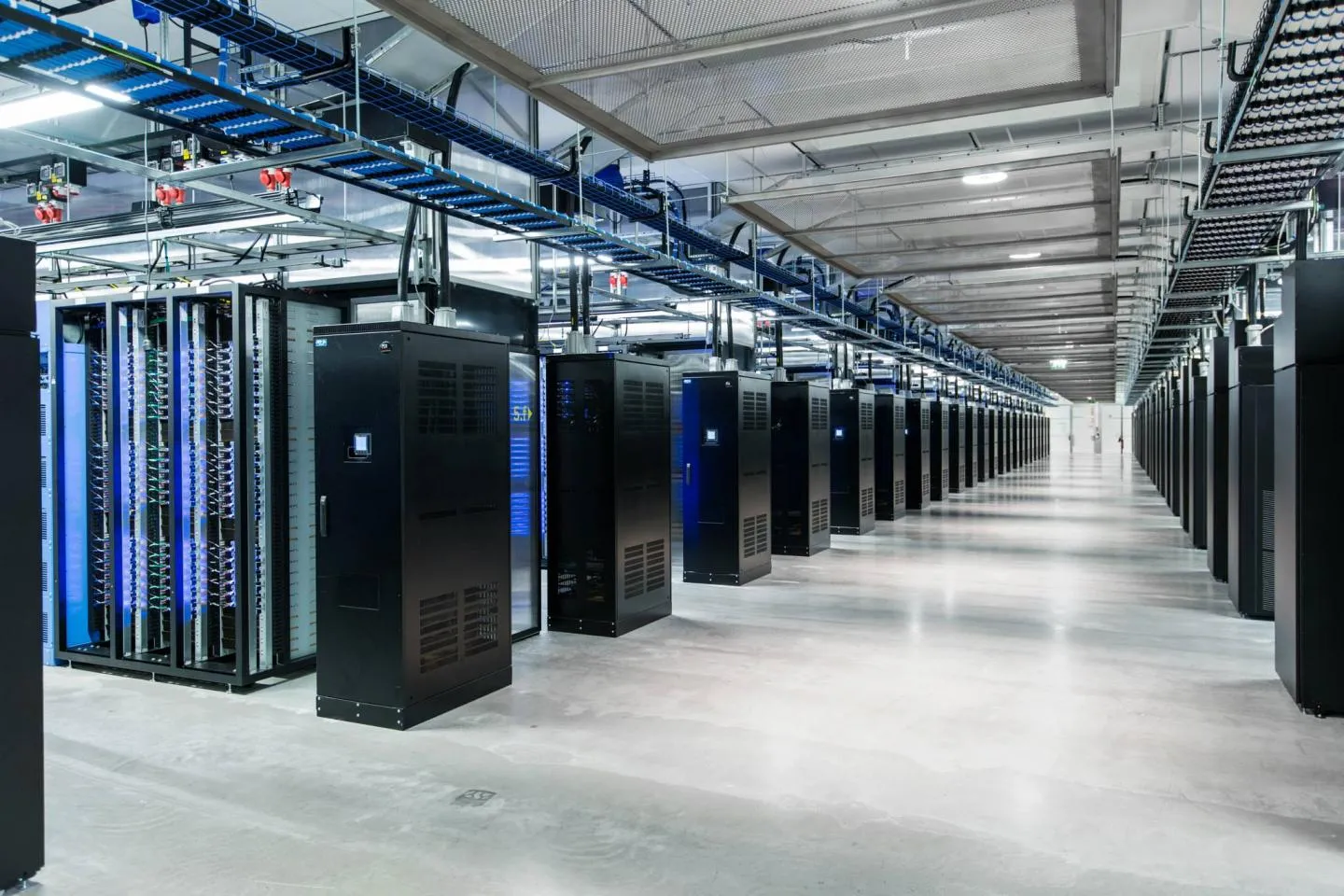
The next important aspect is to evaluate the data
For example, when the temperature inside increases from 22°C to 35°C, server power consumption increases by an average of 20%. According to a representative of the engineering association ASHRAE, responsible for communication standards development and air quality estimation, temperatures below 18°C and above 27°C can significantly reduce the battery output and lifespan (reported on page 29).
You also need to accurately consider how to maintain the required temperature within the data
- "Free cooling" technology is often used to control the microclimate and air temperature in the DC, reducing overall power consumption. The record holder in this area is Google's data
centre - the IT giant has successfully achieved a PUE of 1.11.
You should also consider the level of humidity inside the
Physical Security
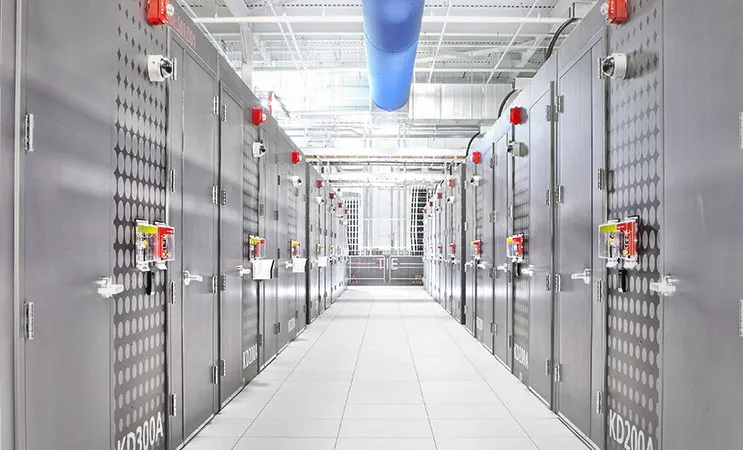
Today, the data
There are three points to consider:
- Staffed checkpoint;
- Cameras and alarm sensors along the perimeter;
- Security of the server rack units.
The best way to check each point is to access the data
Let's Summarise
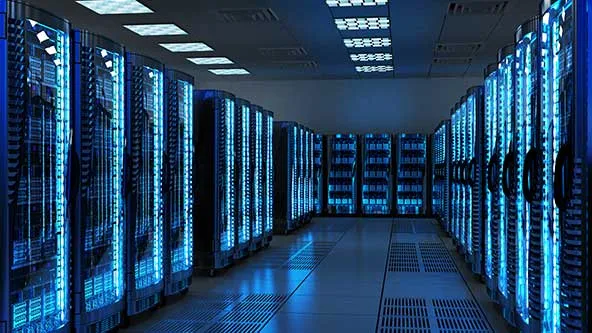
When evaluating the reliability of a cloud provider data
- Pay attention to the engineering infrastructure backup. The level of availability depends on this. Select the backup plan you need based on your business requirements and tasks.
- Evaluate the system for cooling and maintaining the microclimate in the computer room. Ideally, data
centres should use technology designed to reduce PUE. This way they can spend more on computing than cooling servers, which saves money for customers. - Within the data
centre , the physical protection (security, fire suppression systems, video surveillance) of the server room should beorganised and strict entry procedures for incoming visitors established.
However, the security and reliability of the data





